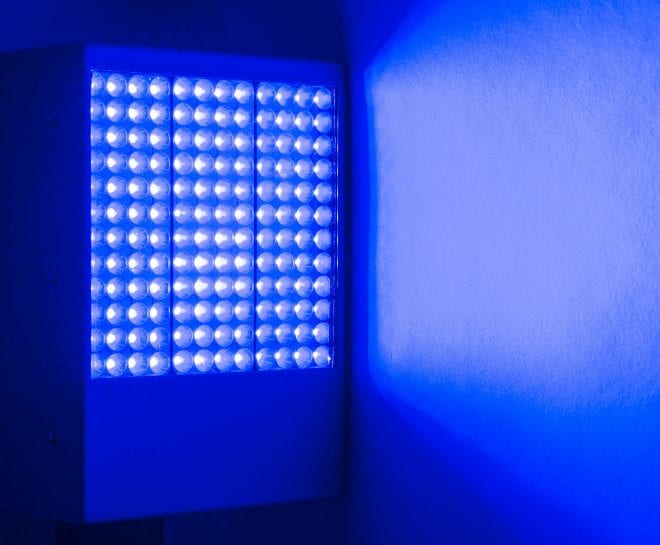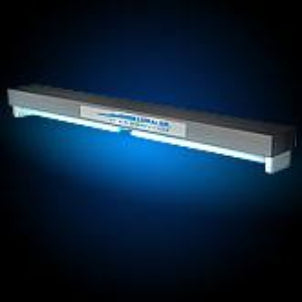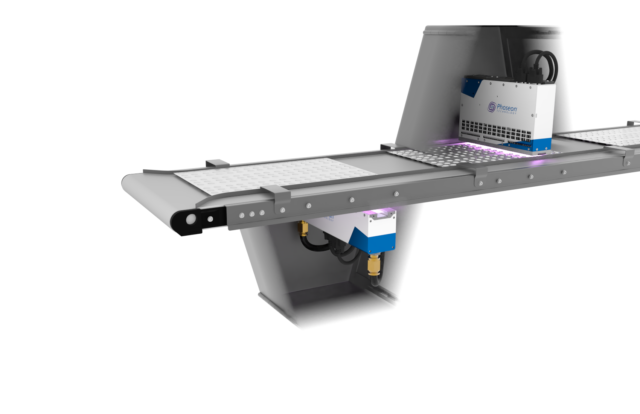Checking Out UV Disinfection: An Important Device in the Fight Versus Harmful Microorganisms
As the globe faces an ever-increasing risk from dangerous pathogens, the search for efficient approaches of disinfection has actually ended up being an urgent priority. While standard cleansing techniques have actually shown some success, there is a growing acknowledgment that we require to explore ingenious techniques to fight these invisible opponents. One such strategy that has actually amassed substantial attention is UV disinfection. Taking advantage of the power of ultraviolet light, this modern technology has demonstrated appealing results in eliminating a wide variety of microorganisms. But just how does it work? What are the advantages? And where can it be applied? In this discussion, we will explore the globe of UV disinfection, discovering its prospective as a vital device in the battle versus hazardous microorganisms.
Just How Does UV Sanitation Job?
UV sanitation functions by making use of ultraviolet (UV) light to eliminate hazardous microorganisms and stop their spread. This highly reliable technique entails the use of UV radiation to interrupt the DNA and RNA of microbes, providing them unable to reproduce and triggering their best damage.
When UV light is utilized for sanitation, it is generally discharged from a light or light bulb that generates a particular wavelength of UV-C light. uv surface disinfection. This wavelength, varying from 200 to 280 nanometers, is especially efficient at passing through the outer cell wall surface of bacteria, viruses, and other bacteria. As soon as inside the cell, the UV radiation targets and harms the hereditary material, preventing the microbe from duplicating and creating infection
UV sanitation systems are designed to send out the proper strength and duration of UV light to ensure effective pathogen elimination. The dosage of UV light needed for disinfection relies on aspects such as the type of bacterium, its resistance to UV radiation, and the details application. In addition, the system should be very carefully crafted to guarantee appropriate direct exposure of the target microorganisms and to avoid any prospective harm to human beings or the setting.
The Advantages of UV Disinfection
UV sanitation supplies a plethora of benefits in efficiently getting rid of damaging microorganisms and decreasing the danger of infection. Unlike conventional sanitation approaches that count on chemicals, UV disinfection uses ultraviolet light to destroy the DNA and RNA of microorganisms, making them not able to recreate and create infections.
Another substantial benefit of UV disinfection is its performance in eliminating a variety of virus. UV light has actually been verified to efficiently get rid of germs, viruses, fungis, and protozoa, consisting of those that are immune to traditional disinfectants. This broad-spectrum performance makes UV sanitation a flexible tool in numerous settings, such as medical care facilities, water therapy plants, and food handling sectors.
Along with its efficacy, UV sanitation also offers quick disinfection cycles. Unlike various other approaches that call for prolonged get in touch with times or repeated applications, UV disinfection can accomplish significant pathogen reduction immediately. This fast and effective procedure permits boosted efficiency, lowered downtime, and increased general functional efficiency.
Furthermore, UV disinfection is a non-contact approach, which means that it does not require straight physical contact with the items or surfaces being decontaminated. This attribute makes it ideal for usage on fragile equipment and sensitive materials that may be harmed or influenced by other disinfection techniques.
Applications of UV Disinfection in Medical Care

UV disinfection is also utilized in the sanitation of clinical equipment and instruments (uv surface disinfection). The high intensity of UV light can efficiently kill germs, infections, and various other microorganisms, guaranteeing that medical devices are complimentary and secure from impurities. Additionally, UV sanitation is made use of in water therapy systems within health care centers. UV light can inactivating damaging germs, infections, and parasites, making the water risk-free for consumption and minimizing the risk of waterborne infections.
Additionally, UV disinfection technology is utilized in the disinfection of healthcare attires and personal safety devices (PPE) By utilizing UV light, healthcare experts can guarantee that their attires and PPE are complimentary from pathogens, stopping the transmission of infections between clients and health care workers.
UV Disinfection in Public Spaces
Public spaces are progressively implementing UV sanitation modern technology as a critical step to battle the spread of damaging virus. With the continuous worldwide pandemic and the consistent danger of infectious illness, the need for reliable disinfection methods in public areas has actually become vital. UV disinfection offers a trusted and reliable solution hereof.

UV disinfection systems make use of ultraviolet light to shut down the DNA and RNA of bacteria, infections, and other pathogens. The use of UV disinfection technology in public rooms not just assists in minimizing the danger of infection however additionally imparts confidence among the public regarding their safety.
As public spaces proceed to adjust to the difficulties presented by contagious conditions, UV disinfection innovation plays an essential function in making sure a clean and safe atmosphere. By applying such steps, public spaces can successfully minimize the spread of dangerous virus and add more to the overall well-being of the neighborhood.
The Future of UV Disinfection Technology
As the need for enhanced sanitation approaches remains to expand in go to these guys reaction to the continuous global pandemic and the consistent risk of infectious illness, the future of UV disinfection technology holds appealing innovations in making certain a lot more reliable and effective virus removal in different settings.

One area of innovation is the development of more mobile and small UV sanitation devices. In addition, improvements in automation and robotics are being checked out to boost the effectiveness and performance of UV disinfection processes.
One more location of expedition is making use of UV sanitation in air filtration systems. By incorporating UV-C lights into heating and cooling systems, air-borne virus can be successfully counteracted, decreasing the risk of transmission in indoor settings.
Moreover, researchers are investigating using UV disinfection in food handling facilities to ensure the safety and top quality of foodstuff. UV-C light has been discovered to be effective in getting rid of foodborne microorganisms, offering a chemical-free alternative to conventional disinfection techniques.
Final Thought
In conclusion, UV disinfection is a necessary tool in the battle against harmful virus. With its capability to provide a eco pleasant and chemical-free technique of disinfection, UV modern technology holds excellent possible for the future.
UV disinfection systems are created to produce the appropriate intensity and period of UV light to ensure reliable virus elimination. The dose of UV light needed for sanitation depends on factors such as the kind of bacterium, its resistance to UV radiation, and the details application. Unlike conventional disinfection techniques that count on chemicals, recommended you read UV sanitation uses ultraviolet light to ruin the DNA and RNA of microbes, rendering them unable to reproduce and cause infections.In enhancement to its effectiveness, UV sanitation likewise uses fast sanitation cycles. One of the main applications of UV disinfection in health care is in the sanitation of client rooms and operating movie theaters.